Glass Through Looking Glass
Is the domestic dust always gray?
If you look at the dust under a microscope, you can see particles of any colors, shapes and sizes (up to 0.01 mm). The general shade of dust, of course, depends on how many different components it gets into the house through windows and doors, as well as on clothes and shoes. In the deserts or in the "dusting" season of plants, the dust in the rooms is yellowish or reddish. However, it is usually gray, since it is formed by approximately equal parts of monochromatic microscopic particles of different colors. They reflect in all directions the rays of almost all parts of the visible spectrum, and we see their mixture, which is perceived by the eye as a whitish or grayish hue.
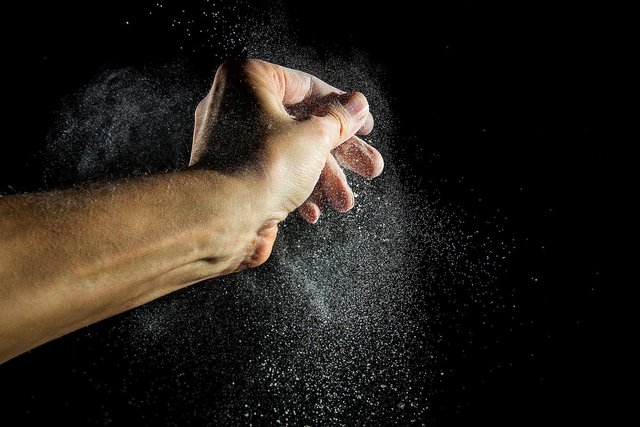
Why do not we see the end of the light beam?
A ray is a narrow beam of light. When it is directed into our eyes, it excites the photoreceptors of the retina, so it is clearly visible. When the beam is not directed into the eyes, it is visible only if it is reflected in them by particles of dust or mist suspended in the air.
Light is electromagnetic waves of a certain frequency, which, unlike sound waves, propagate in a vacuum at a speed of 300,000 km / s. If they do not move through an absolute void, sooner or later they are absorbed by the environment that turns them into heat. When we turn on the flashlight in the dark, we do not see how the end of the beam (from, say, the end of the jet from the hose) is removed from it, precisely because of the colossal speed of light.
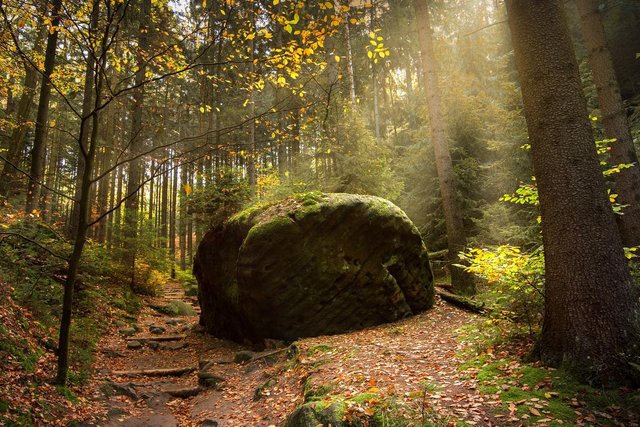
What determines the color of smoke?
The usual smoke is formed by small solid particles and droplets of water suspended in the ascending flow of warm air. Its color depends on the fuel burnt and the combustion temperature. Thick black smoke contains a lot of ash, that is, fine coal - a product of incomplete combustion of almost pure organic matter (such as fuel oil) at a relatively low temperature. Coal absorbs all the light rays, so it looks black.
Smoke of a fire or a cigarette is gray-blue, since it consists mainly of mineral particles of ash that reflect almost all visible rays. If something is burning damp, the smoke is thick and white due to small droplets of water with the same properties. Firefighters are specifically taught to determine the nature of its source by the color and amount of smoke. So, when burning furniture, the smoke is usually gray, but if there is a lot of plastic in it, it's darker. Yellow or brown smoke can mean an oxygen deficiency leading to incomplete combustion of hydrocarbons, which mostly evaporate. If in these conditions open the windows and doors, oxygen will pour into the room, which threatens to explode. Greenish or reddish smoke occurs when certain chemicals are burned, and it is especially dangerous to inhale it.
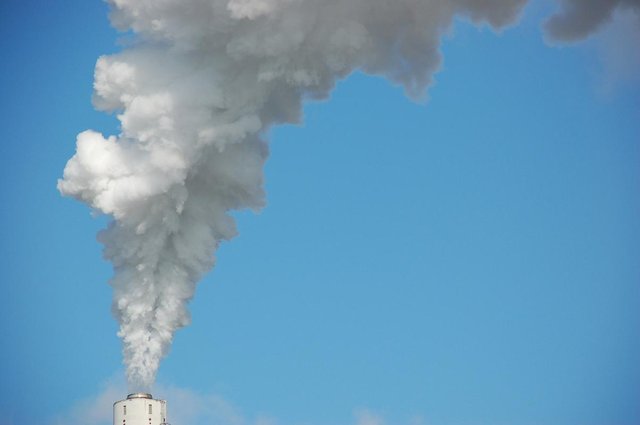
Why is the glass transparent?
The transparency of the material depends on its ability to transmit visible light, that is, electromagnetic waves of about 400-700 nm in length (nanometers). To this end, the light rays, firstly, should not be strongly reflected by the surface (or scattered by its irregularities, as happens if the glass is matte). Secondly, having penetrated into the depth of the material, they should not be completely absorbed by its atoms, turning into thermal energy.
Transparency depends both on the structure of matter and on the prevailing wavelength of light incident on it. If the glass contains certain impurities, for example antimony compounds, it can quickly absorb visible rays and be opaque.
Some types of glass, passing visible light, block the ultraviolet or infrared part of the solar spectrum. And on the contrary, materials are transparent only for rays invisible to us. For example, through silicon easily passes thermal radiation, X-ray allows you to look inside objects, including our body, and radio waves spread even through thick brick walls.
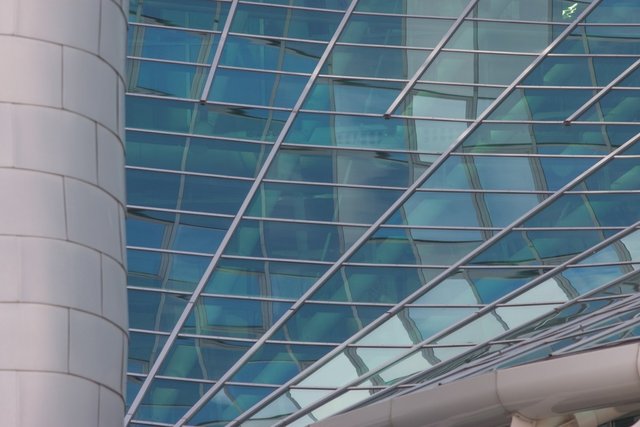
Is it true that the glass is not hard, but just very viscous?
Glass - a solid amorphous material. This means that its hot molten mass is cooled too quickly and its atoms freeze chaotically, without having had time to form the correct crystals, as, for example, in crystal or diamond. However, statements about the very slow fluidity of glass at room temperature under the influence of gravity are fiction. As a confirmation of it, medieval stained-glass windows are pointed out. Indeed, their glass plates at the bottom are thicker than at the top. However, studies have shown that the shape of glasses has not changed over the centuries, and their different thickness is associated with imperfections in the production process. Medieval masters knew about this feature of glass panels and deliberately inserted them into the bindings with a thick end down, although church stained glass windows are known, where it, on the contrary, is on top. Measurements of lenses of old telescopes show that their shape remains ideal. Glass can become fluid only if it is heated again to the desired temperature.
Why does the mirror swap the left and right sides, but does not overturn the reflection?
A flat mirror does not change anything, it's just that our brain misinterprets what it sees. He automatically puts the beholder in the place of his reflection, and he finds with surprise, say, his engagement ring on the left hand of his "copy." But a concave mirror will easily turn you upside down if you stand in the right place, namely - outside of its focal length.
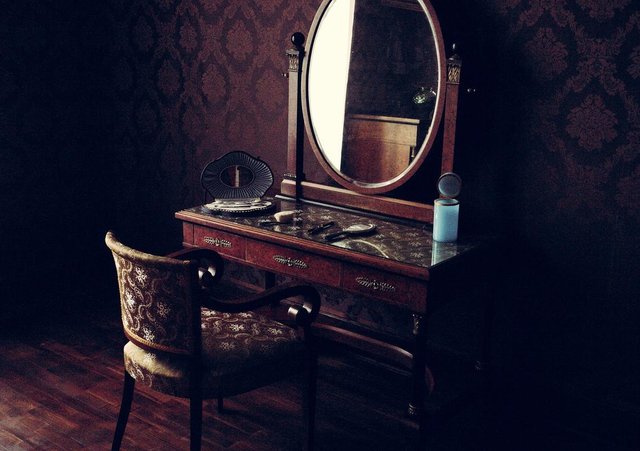
Interesting, I like it.
Congratulations @global.steem! You have completed some achievement on Steemit and have been rewarded with new badge(s) :
Click on any badge to view your own Board of Honor on SteemitBoard.
For more information about SteemitBoard, click here
If you no longer want to receive notifications, reply to this comment with the word
STOP